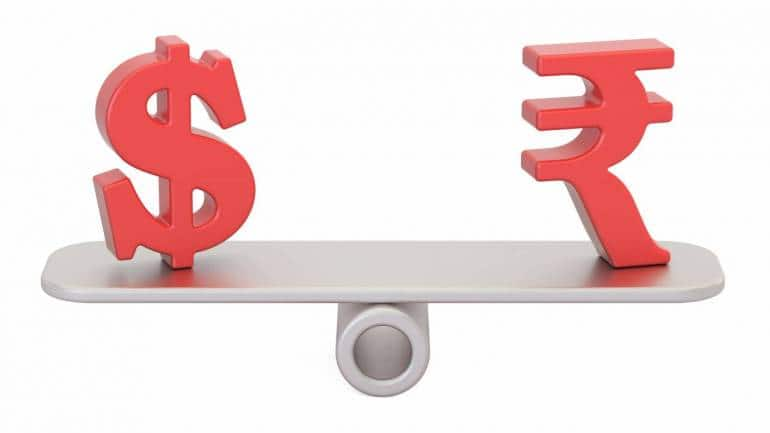
The battered Indian rupee will not recoup most of its recent losses over the coming year thanks to a persistent current account deficit and a central bank nearing the end of its rate-hiking cycle, a Reuters poll found.
A widening trade deficit driven by rising oil prices along with expectations for a prolonged U.S. Federal Reserve policy tightening cycle is partly responsible for a 11% year-to-date fall in the rupee to a record low of 83.29 per dollar in October.
The rupee is up about 1% since then on bets the Fed will shift to a slower pace of rate hikes, but has underperformed many of its emerging market peers. Analysts expect that to continue into the new year.
Later on Wednesday, the Reserve Bank of India is due to raise its repo rate by a smaller 35 basis points to 6.25%, a separate Reuters poll predicted, and is nearly done with a much more modest rate-hiking campaign that only began in May.
Conducted Dec. 2-6, the latest Reuters poll of 36 foreign exchange analysts showed the rupee at 82.00 per dollar in three months and six months too, just a touch above where it was trading on Tuesday. Forecasts were in a 79.80/$ -84.00/$ range.
No forecaster predicted the rupee stronger than 75 per dollar, where it started 2022, at any point next year.
Although it was expected to recover slightly to 81.00/$ by end-November, the expected 2% gain would fall well short of recouping the losses over the year.
“Given the very wide trade deficit, the mismatch in domestic demand with external demand, it calls for a slightly depreciated rupee…my sense is that the RBI would be comfortable with the levels where it is today,” said Prithviraj Srinivas, chief economist at Axis Capital.
The RBI burnt over $ 100 billion of its foreign exchange reserves over a 12-month period to prevent a weakening in the rupee from turning into a free fall.
Since hitting a more than two-year low of $ 524 billion in October, forex reserves have been rising as the dollar index fell off its peak and were just above $ 550 billion in the week through Nov. 25.
The price of crude oil, India’s major import, is expected to remain elevated next year, averaging around $ 93.65 a barrel from $ 100.50 this year.
“But even if we’re to assume lower oil prices, the ‘core’ (non-energy, non-gold) trade balance is historically wide suggesting that BoP (balance of payments) pressures will not subside even if oil prices fall,” said Anezka Christovova, EM/FX strategist at J.P. Morgan.
“The RBI is unlikely to be able to defend INR with the same vigour next year.”

